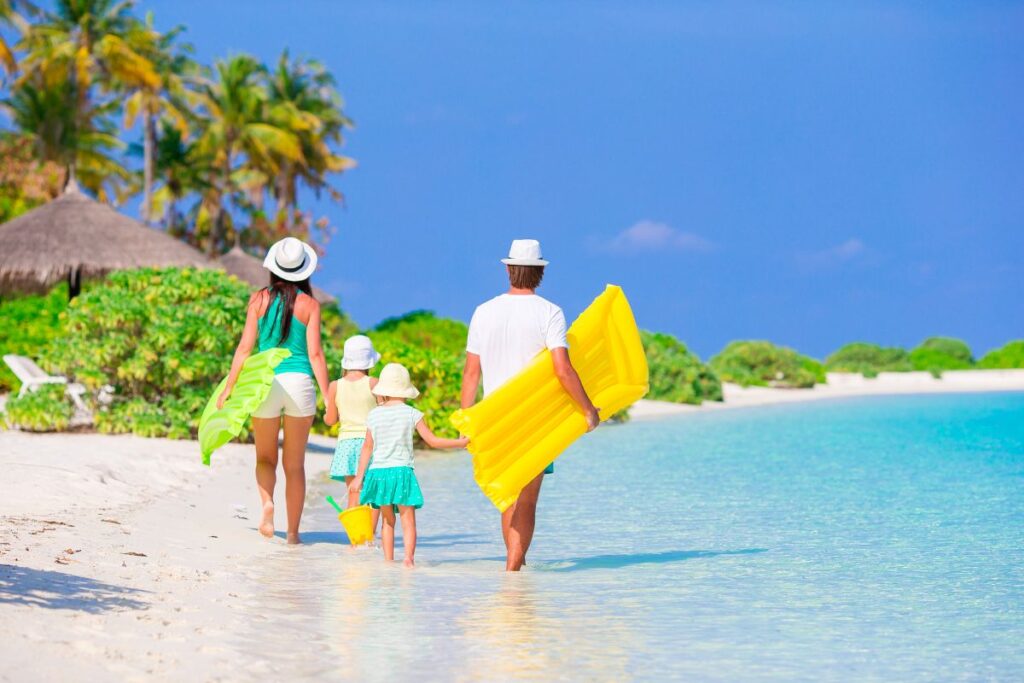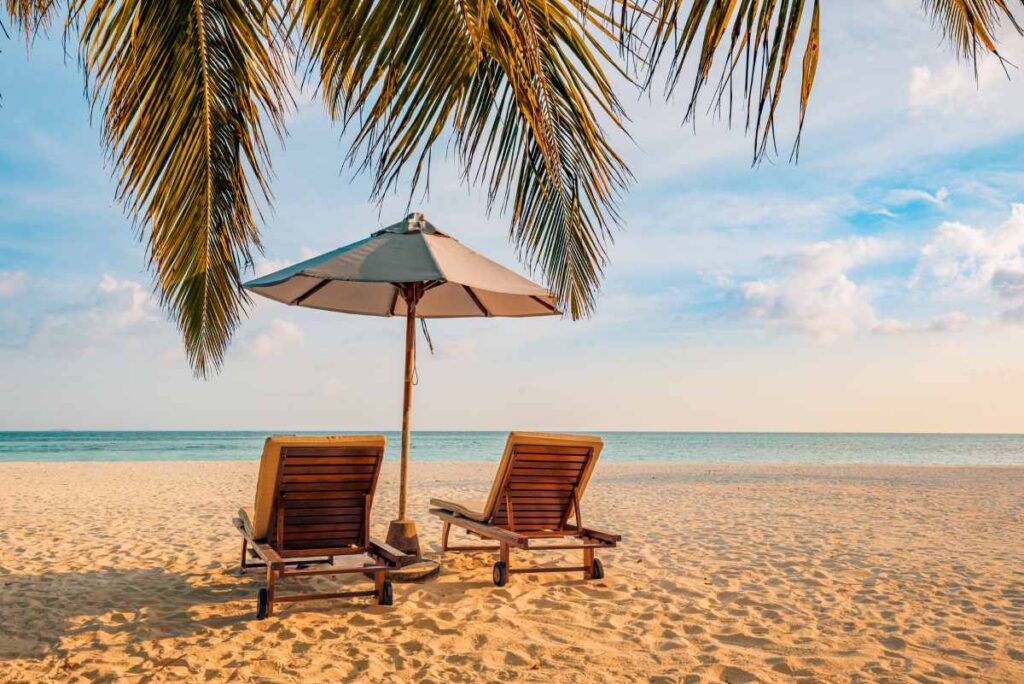
Say “Zanzibar Island” and most people picture turquoise seas, white sand, and sunsets that look suspiciously like postcards. And yes, all of that is true. But the island is more than just a beach holiday destination – it’s a place layered with history, culture, spice, and contradictions. To really appreciate it, you need to know a little more than “good beaches, warm weather.” So here are the essentials.
1. Where Zanzibar Is (and What It Actually Is)
First, clarity. Zanzibar isn’t one island but an archipelago, with two main islands: Unguja (often just called Zanzibar Island) and Pemba. Unguja is where most visitors land, home to Stone Town, resorts, and the island’s busiest beaches. It lies in the Indian Ocean, about 35 kilometres off Tanzania’s coast.
The island feels separate enough to be its own world, yet close enough that it’s easy to combine with a mainland safari or a trek up Kilimanjaro. That contrast – remote but connected – is part of its charm.
2. A Blend of Cultures
Zanzibar’s history reads like a global crossroads. Arabs, Persians, Indians, Europeans – they all left their mark here. That’s why the architecture in Stone Town mixes Omani influences with Swahili design and carved wooden doors that look like works of art.
This blend shapes the culture today. You’ll hear Swahili but also Arabic phrases, see African fabrics alongside Middle Eastern spices, and taste Indian flavours in the local food. It’s not “one thing”; it’s a mosaic.
3. The Spice Connection
Zanzibar is nicknamed the “Spice Island,” and for good reason. Cloves, nutmeg, cinnamon, vanilla – they all grow here, filling markets with a scent that’s half intoxicating, half overwhelming. Spice tours are popular not just because they’re informative, but because they remind you that this island was once a major hub in the global spice trade.
It’s a part of Zanzibar’s identity, and frankly, if you leave without at least sniffing fresh cloves or tasting vanilla straight from the pod, you’ve missed something essential.
4. Beaches Worth Talking About
Yes, let’s talk about the beaches. They’re as beautiful as the photos suggest. Nungwi in the north is lively, with restaurants and water sports. Kendwa has sunsets that feel deliberately staged by nature. Paje is a kite-surfing hotspot, while Matemwe is quieter, ideal for people who prefer hammocks to beach bars.
The tides here are dramatic, so don’t be surprised if the ocean disappears into the horizon in the afternoon only to return hours later. For some travellers it’s a shock; for others, it becomes part of the island’s rhythm.
5. Stone Town: A Living Museum
Wandering through Stone Town is like walking through history. Narrow alleys twist between crumbling coral-stone buildings, open-air markets buzz with vendors, and children dart through courtyards playing football. UNESCO listed the old town as a World Heritage Site, and once you see the ornate doorways and the old fort, you’ll understand why.
Stone Town isn’t polished – it’s messy, sometimes chaotic, but always alive. For many visitors, it ends up being more memorable than the beaches.
6. Climate and When to Visit

Zanzibar is tropical, meaning hot and humid most of the year. The “long rains” come in April and May, while November brings shorter bursts of rain. The driest, sunniest months? June to October. December through February is also popular, though it can feel hotter and stickier.
That said, travel is possible year-round. Rain showers often pass quickly, and there’s something undeniably romantic about watching a storm roll across the ocean from a beachfront terrace.
7. History With a Dark Side
It would be dishonest to romanticise Zanzibar without mentioning its darker past. For centuries, it was a centre of the East African slave trade, with captives transported from the mainland and sold in Stone Town. Today, you can visit the old slave market site, where underground chambers remain.
It’s heavy, sobering history – but important. Understanding it gives you a fuller picture of the island, beyond the beaches and spices.
8. Activities Beyond the Beach
Zanzibar isn’t just about lying in the sun (though no one will judge if that’s your plan). Snorkelling and diving trips reveal coral reefs and colourful fish. Jozani Forest is home to the endangered red colobus monkey. Traditional dhow boat trips at sunset remain a favourite, sails catching the last light of day.
If you’re looking for a balance of rest and activity, tour operators offer tailored options. A seaside relaxation package combines the island’s beaches with cultural highlights, giving you both perspectives.
9. Food You’ll Want to Try
Zanzibari cuisine is a direct reflection of its multicultural history. Think spice-laden curries, coconut-based stews, grilled seafood, and chapati flatbreads. At Forodhani Gardens in Stone Town, night markets serve skewered seafood and the famous “Zanzibar pizza” (a stuffed pancake hybrid that’s far better than it sounds).
Food here isn’t subtle – it’s bold, fragrant, and memorable. Don’t expect bland resort menus unless you stick to international hotels.
10. Practical Things to Know
- Currency: Tanzanian shilling, though US dollars are widely accepted in hotels and tours.
- Dress: Zanzibar is majority Muslim, so modest clothing is respectful in towns and villages. Swimwear is fine on beaches.
- Health: Check vaccination requirements; malaria prophylaxis is often recommended.
- Transport: Dala-dalas (local minibuses) are cheap but crowded; taxis and private transfers are more comfortable.
None of these should put you off. If anything, they add texture to the experience – just be prepared rather than surprised.
Final Thoughts
Zanzibar Island is more than a picture-perfect beach holiday. It’s history carved into Stone Town’s alleys, spices drying in the sun, and cultures intertwining in ways that feel both ancient and alive. Yes, you’ll swim in turquoise waters and sip cocktails at sunset. But you’ll also taste cloves, learn hard truths about the past, and hear the call to prayer drift across rooftops at dawn.
In short, it’s an island that rewards curiosity. Come for the beaches if you must – but stay for everything else.

